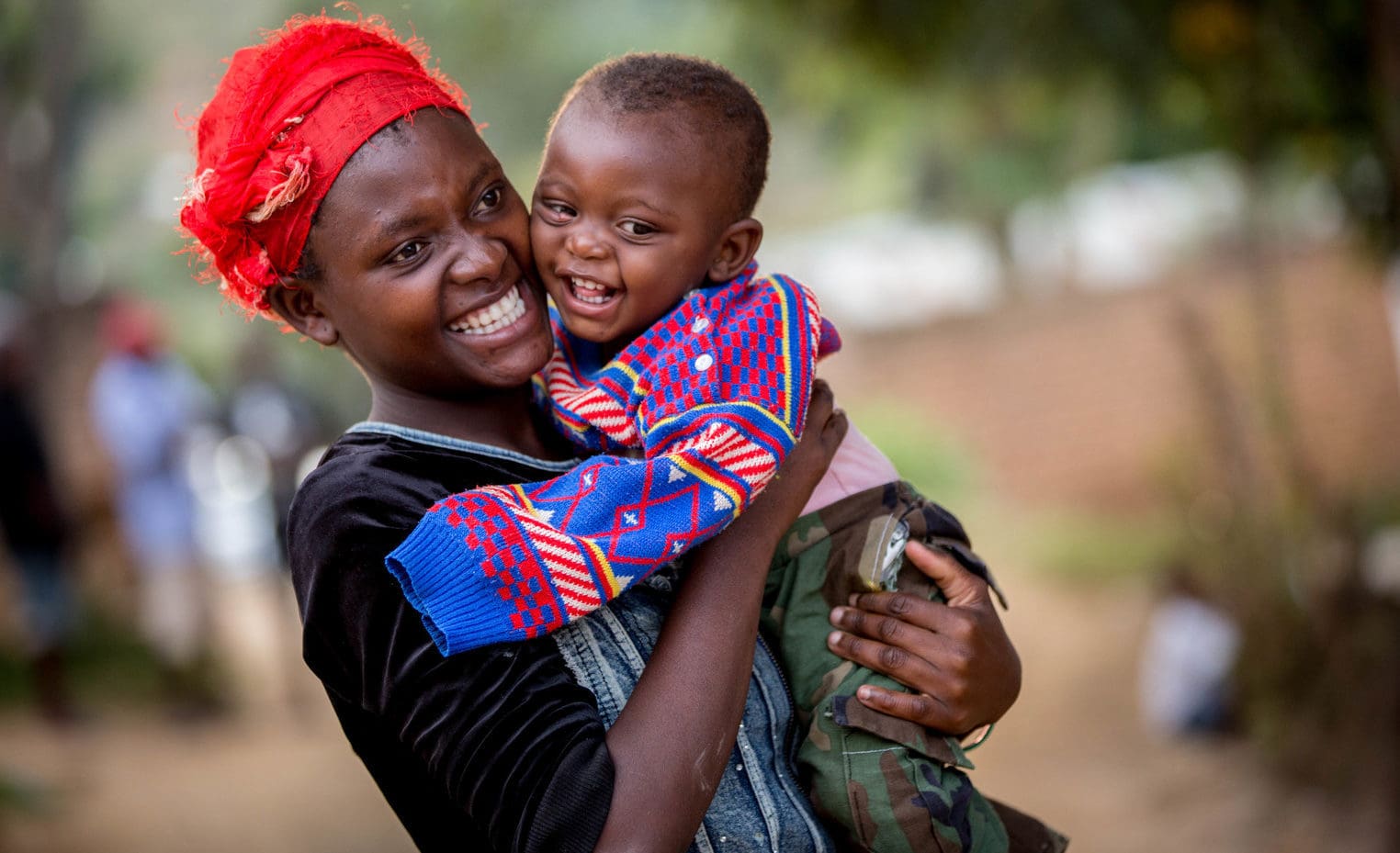
UNICEF’s new report, Women: At the heart of the HIV response for children, highlights the sobering fact that, contrary to popular opinion, the AIDS crisis is far from over. Even as the disease beats a slow retreat due to the significant and commendable progress on many fronts in the last decade, it still strikes at people of all ages, including babies, young children and particularly adolescents. It continues to thrive among the marginalized and the powerless. Women and girls bear the brunt of the disease, both as the majority of those infected, and as those caring for others. The report contains 17 essays from women leaders in the fight against HIV, from activists living with HIV to prominent political and corporate figures.
Key facts
- Globally there are 3.0 million (2.0 – 4.2 million) children living with HIV
- 180,000 (110,000 – 260,000) children 0-4 were newly infected with HIV in 2017; 47% of these infections were during breastfeeding
- In 2017 250,000 (150,000 – 360,000) adolescents aged 15-19 became newly infected with HIV, 66% of them girls
- 80% (61 – >95%) of HIV+ pregnant women living with HIV received antiretroviral medicines for prevention of mother-to-child transmission (PMTCT) in 2017
- Only 51% (41 – 67%) of infants born to mothers living with HIV are tested in the first two months of life
- Half, 52% (37 – 67%) of children living with HIV are on antiretroviral therapy (ART)
- Only 41% of adolescent girls know where to get tested for HIV
Child infections and deaths are falling
It is one of the most significant achievements of the worldwide response to HIV and AIDS that the number of children newly infected with HIV and dying from AIDS-related causes has been steadily declining since 2000. However, while pediatric infections declined by 58 per cent since 2000, infections among adolescents fell by only 40 per cent. Furthermore, little progress has been made in preventing AIDS-related deaths in adolescents.
Progress towards eliminating mother-to-child transmission (MTCT)
Since 2010, progress in preventing mother-to-child transmission of HIV has been particularly dramatic. Worldwide, the percentage of pregnant women with HIV who are taking antiretroviral drugs to keep them from passing the virus on to their babies went up from 51 per cent (38 – 62) in 2010 to 80 per cent (61 – >95) in 2017. This resulted in a decline of 36 per cent in the number of children aged 0–4 newly infected with HIV between 2010 and 2017
Under the Option B+ protocol, pregnant women living with HIV are immediately offered antiretroviral therapy for life regardless of their CD4 cell count. Since the release of Option B+ guidelines by the World Health Organization in 2012 established it as the preferred option, the global scale-up of this lifelong ART regimen has been impressive. In 2017, for the first time ever, almost 100% of regimens used for PMTCT were for lifelong coverage. Today, less effective regimens like Option A and Dual ARVs make up less than one-half per cent of regimens used for PMTCT.
Half of infants born to mothers living with HIV are tested
Around 51 per cent (41 – 67) of infants who have been exposed to HIV are tested for the virus in their first two months of life. This means that around half of the babies at risk are still not being tested early enough, or tested at all, and their lives are endangered as a result.
Reaching adolescent girls and boys with HIV testing
Boys are more aware than girls of where to get tested – though they are less likely to take the test and find out the result. This suggests that factors other than knowledge may be stopping adolescents from taking an HIV test, including a lack of adolescent-friendly services, social norms or a perception of the stigma attached to HIV. In three regions with data, it is clear that boys are encountering more such barriers than girls.
Prevalence of intergenerational sex among adolescent girls
Studies have shown that in some societies with high HIV prevalence, including in sub-Saharan Africa, HIV transmission is fueled in part by intergenerational sex involving young women and men 10 or more years older. Among 33 countries with available household survey data, a high proportion of girls aged 15–19 had had sex with a partner at least 10 years older. This is most common in West and Central Africa, where it applies to two in five girls of that age. Sex between teenage girls and a substantially older partner is much more common in some countries than others, with over a third of girls in Guinea, Senegal, Nigeria, Chad and Mali falling into this category.
Child population shifts and HIV – the world in 2030
The world’s child population aged 0-19 is projected to reach approximately 2.7 billion in 2030. If current trends of HIV incidence and treatment coverage continue, there will still be an estimated 1.9 million children living with HIV.
The proportion of children living with HIV who are in the 10–19 age group will increase over the coming decades, from 57 per cent to 63 per cent as the number of new child infections decreases and those who were infected survive into the older age group. This underlines the need to step up prevention and treatment efforts if an AIDS-free generation is to be achieved by 2030.